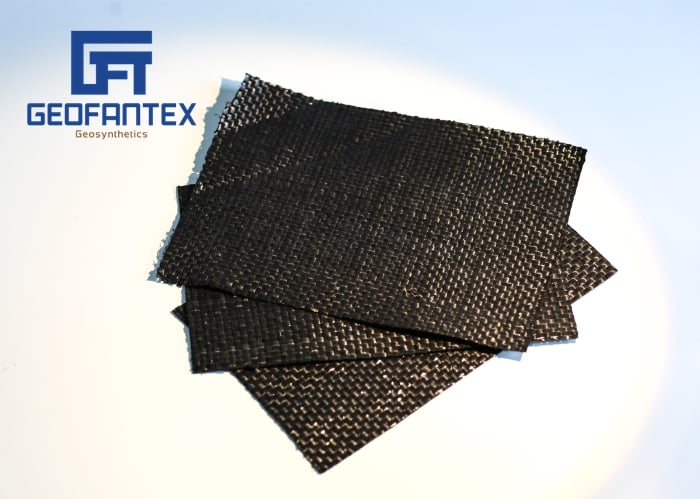+86-159 9860 6917
info@geofantex.com
geofantex@gmail.com
+86-400-8266163-44899
Choosing the Best Geotextile Fabric for Your Project Needs
What is Geotextile Fabric and Why is it Important?
Geotextile fabric is a permeable textile material that is designed to improve soil stability, drainage, and erosion control. It is commonly used in construction and landscaping projects to separate, reinforce, filter, and protect different layers of materials. Geotextile fabric comes in different types, grades, and strengths, and choosing the right one is crucial for the success and longevity of your project.

Types of Geotextile Fabric
There are three main types of geotextile fabric: woven, non-woven, and knitted. Woven geotextile fabric is made by weaving together synthetic fibers into a tight and strong grid pattern. Non-woven geotextile fabric is made by bonding together fibers using heat or chemicals, creating a more flexible and uniform fabric. Knitted geotextile fabric is made by knitting together synthetic fibers in a loop pattern, resulting in a highly permeable and stretchable fabric.
Best Geotextile Fabric for Driveways and Pavers
For driveways and pavers, it’s best to use a non-woven geotextile fabric that has a high tensile strength and puncture resistance. Look for a fabric that is at least 6 ounces per square yard (oz/sq.yd) and has a grab tensile strength of 200 pounds or more. A good example is the Mutual WF200 Geotextile Fabric, which is made of polypropylene and has a grab tensile strength of 205 pounds and a puncture resistance of 135 pounds.
Best Geotextile Fabric for Grow Bags
For grow bags and other gardening applications, it’s best to use a breathable and permeable geotextile fabric that allows for good drainage and aeration. Look for a fabric that has a high water permeability rate (at least 100 gallons per minute per square foot) and is made of non-toxic materials. A good example is the Agfabric Heavy Duty Non-Woven Geotextile Fabric, which is made of polypropylene and has a water permeability rate of 160 gallons per minute per square foot.
Best Geotextile Fabric for Culverts
For culverts and other drainage applications, it’s best to use a geotextile fabric that can filter out fine particles and prevent clogging. Look for a fabric that has a high permittivity rate (at least 0.1 sec^-1) and a high grab tensile strength (at least 400 pounds). A good example is the SRW Products Woven Polypropylene Geotextile Fabric, which has a permittivity rate of 0.45 sec^-1 and a grab tensile strength of 425 pounds.
How to Choose the Best Geotextile Fabric for Your Project
When choosing the best geotextile fabric for your project, consider the following factors:
Type of project and application
Soil and environmental conditions
Required strength and durability
Permeability and filtration needs
Budget and cost-effectiveness
Make sure to also read reviews and compare product specifications before making a final decision.

Best Geotextile Fabric Reviews
Some of the best getextile fabric brands on the market include Mutual Industries, Agfabric, SRW Products, and Typar. Mutual Industries’ WF200 Geotextile Fabric has received high praise for its strength, durability, and affordability. Agfabric’s Heavy Duty Non-Woven Geotextile Fabric is a popular choice for gardening and landscaping projects due to its breathability and water permeability. SRW Products’ Woven Polypropylene Geotextile Fabric is well-regarded for its filtration capabilities and high grab tensile strength. Typar Geotextile Fabric is another trusted brand that offers a range of woven and non-woven fabrics for various applications.
Conclusion
Choosing the right geotextile fabric is essential for achieving a successful and long-lasting project. Whether you’re working on a driveway, pavers, culvert, or grow bags, there are different types of geotextile fabric to choose from. Consider the specific needs and requirements of your project, as well as the strength, permeability, and filtration capabilities of the fabric. With the right geotextile fabric, you can improve soil stability, drainage, and erosion control, and ensure the longevity of your project.
Get Free Sample
We’ll respond as soon as possible(within 12 hours)























